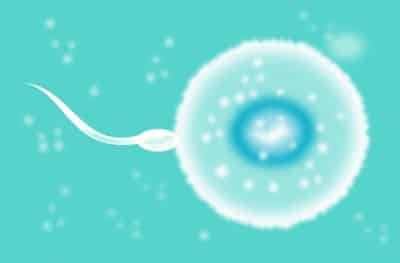Millions of women in the world, and in the United States, struggle to get pregnant and stay pregnant. While other options are available, IVF, an infertility option where eggs are extracted from the woman’s ovaries and combined with the man’s sperm inside of a laboratory, remains one of the most commonly used and widely accepted alternatives for couples struggling with fertility.
Over the years, scientists have worked hard to improve the overall success of IVF; one of the most recent discoveries was that waiting until an embryo reached the blastocyst stage (about five days gestation) greatly improved single-embryo transfer success rates. Even though only a few handfuls of clinics across the world now have the technology to use this technique, more and more are working to provide this technology to their clients. Now a new technology, a time-lapse incubator, seeks to improve the success rate even more.
“With current technology, IVF is successful for many patients; however, we believe it can be improved even further,” said Dean Morbeck, Ph.D., embryologist and director of Mayo Clinic’s In Vitro Fertilization Laboratory where one of only a handful of the incubators in the world can be found. “The time-lapse incubator allows us to culture embryos in a very controlled environment with minimal disturbance, bringing us one step closer to what occurs naturally. We anticipate that patients who have embryos that struggle to develop in traditional incubators benefit the most from this technology.”
The incubator provides the embryo with a safe, closed system where they are able to grow almost completely undisturbed until they reach the blastocyst stage – the stage that is now said to provide the best chance of achieving IVF success. Composed of a microscope, camera and a computer, the incubator provides continuous images of the embryos during the culture process. With the photos, fertility specialists have a detailed record of how and when each embryo divides. This enables them to choose the healthiest-looking embryos for implantation. Parents re also given a video with a series of images that document almost the entire development from conception to implantation.
Recently, the Mayo Clinic reported the birth of a set of twins, a boy and a girl, that were conceived using the time-lapse incubator technology. These twins were the first to be born in the U.S. using this technology. The recent births have lent even more hope to the future of time-lapse incubators.
“Our births and the recent announcement of the first births in the United States from embryos cultured in a time-lapse incubator at the Fertility Centers of New England ushers in a new era in embryo culture,” Morbeck said.
Related Articles:
- Mom Welcomes Two Sets Of Twins; Same day – Four Years Apart!
- Fertility Treatments May Leave Women Susceptible to PTSD Symptoms
- Breast Cancer Odds with Fertility Drugs May be Linked to Successful Pregnancy







